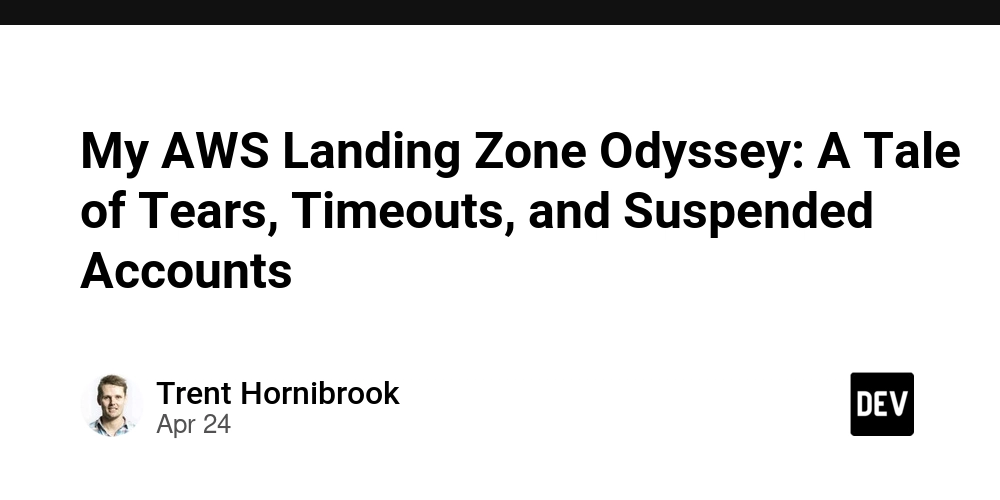Kubernetes Namespace Deletion: Ensure Secure Resource Removal with Ordered Deletion
Garbage collection is an essential area to keep Kubernetes clusters optimized. Are you struggling with unpredictable resource deletion in your Kubernetes namespaces? Learn how the OrderedNamespaceDeletion feature enhances security and reliability with opinionated deletion order. This article dives deep into how Kubernetes ordered namespace deletion ensures critical resources, like NetworkPolicies, aren't removed before the Pods they protect, preventing potential security gaps. Stop your cluster from being slowed down and ensure all pods are running at full capacity.
The Problem: Random Deletion and Security Risks
The current namespace deletion process in Kubernetes follows a semi-random order. This can lead to:
- Pods persisting after their NetworkPolicies are deleted, creating security vulnerabilities.
- Operational inconsistencies when safety guard resources are removed before the resources they guard.
- Unintended behavior and unpredictable cleanup processes.
This article illuminates the potential pitfalls and guides you toward a more secure and reliable solution using the OrderedNamespaceDeletion.
Solution: Opinionated Deletion for Enhanced Security
The KEP-5080 proposal introduces an opinionated deletion process, prioritizing resource deletion based on dependencies and security considerations. This feature, enabled by the OrderedNamespaceDeletion feature gate, ensures:
- Enhanced Security: NetworkPolicies remain effective until all dependent resources are terminated.
- Increased Predictability: A consistent cleanup process reduces unintended side effects.
- Mitigation of Risks: Improved management of resource cleanup in complex environments.
Goals of Ordered Namespace Deletion
The primary goals of this approach are to:
- Implement a mechanism to prioritize the deletion of certain resource types (e.g., Pods before NetworkPolicies).
- Provide a more deterministic deletion process to improve user confidence.
- Integrate seamlessly with existing Kubernetes architecture without breaking changes.
- Ensure the most common dependencies are safe.
How Ordered Deletion Works
When OrderedNamespaceDeletion is enabled, resources within a namespace are deleted in a specific order:
- Delete All Pods: All pods in the namespace are deleted in an undefined order.
- Wait for Pod Termination: The system waits for all pods to be stopped or deleted.
- Delete Remaining Resources: All other resources in the namespace are then deleted in an undefined order.
User Stories: Real-World Benefits
Let's explore how this feature solves common issues:
- Story 1: Pods vs. NetworkPolicies: Pods listening on the network are protected by NetworkPolicies. The new feature ensures NetworkPolicies are always deleted after the Pods, eliminating the risk of unprotected Pods during deletion.
- Story 2: Finalizer Conflicts: Finalizers can cause dependency loops, blocking deletion. This feature works alongside finalizers, but requires manual intervention to resolve conflicts (similar to current behavior).
- Story 3: Policies with parameter resources: Addresses scenarios where parameter resources are deleted before ValidatingAdmissionPolicy that are applied to them.
Risks and Mitigations
A key risk is the potential for dependency cycles, especially with finalizers specified against deletion priority. Mitigation involves:
- Manual intervention: Deleting the blocking finalizer to proceed with the deletion process.
Handling Cyclic Dependencies
Cyclic dependencies can occur when finalizers conflict with the DeletionOrderPriority.
- Example: Pod A has a finalizer depending on Resource B's deletion, while Pod A is supposed to be deleted before Resource B.
- Resolution: Users must manually resolve these locks by removing the finalizer or force-deleting the blocking resources.
Test Plan
Extensive testing is crucial. The test plan includes:
- Unit tests to validate individual components.
- Integration tests to ensure proper interaction between components.
- End-to-end (e2e) tests to verify the overall functionality.
Graduation Criteria: From Alpha to GA
The graduation criteria ensures the feature is production-ready:
- Alpha: Feature flag enabled, initial e2e tests completed.
- Beta: Feedback gathered, features completed, metrics added, additional tests in Testgrid.
- GA: Real-world usage examples, rigorous testing (downgrade, scalability), conformance tests.
Enable Kubernetes Ordered Namespace Deletion
Kubernetes ordered namespace deletion functionality can improve your workflows. To enable the feature:
- Enable the Feature Gate: Set the
NamespaceDeletionOrderfeature gate on the kube-apiserver. - Monitor and Test: Thoroughly monitor the namespace deletion process and test various scenarios to ensure desired behavior.
Upgrade And Rollback
During the alpha phase, there are no changes required to maintain previous behavior. Version skew is not applicable.
Production Readiness Review Checklist
Before deploying to production, consider the following:
- Feature Enablement: Can the feature be easily enabled/disabled via the feature gate?
- Rollout Planning: How can a rollout or rollback fail? What metrics inform a rollback?
- Monitoring Requirements: How can an operator determine if the feature is in use and working correctly?
- Scalability: Will enabling the feature introduce new API calls or resource usage increases?
Alternatives Considered
Using finalizers to define the deletion ordering was considered but deemed less ideal due to the need for custom controllers and the lack of a generic solution. Kubernetes ordered namespace deletion presents a cleaner and streamlined approach.
Conclusion
The OrderedNamespaceDeletion feature provides a crucial enhancement to Kubernetes, addressing the risks associated with random namespace deletion. By implementing an opinionated deletion order, it ensures greater security, predictability, and reliability in resource cleanup. Take control of your cluster's resources and protect your data with Kubernetes ordered namespace deletion.

